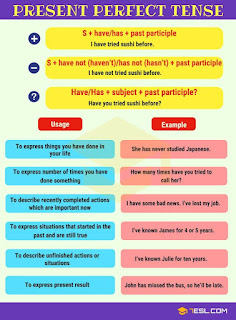Summary of How to Answer Matching İnformation Question
Hi, friends welcome back to my post again. Today we are going to talk about the IELTS Reading part and how to answer some questions, let's get started. The lady in the video explains what you need and cover some of the strategies and steps for the IELTS Reading. So In IELTS Reading Part, there is a matching information section just like we have covered as an exam skills part in our MINDSET book. You will see some statements from 3 to 6 and you have to match information to each paragraph. The passages could be anything like opinion, reason , cause and effect, account or etc. And while matching informational you need some skills that we used to talk about before and with the help of this technique, you will find the correct answer easily and quickly. Let's look at them; *SKIMMING: Read the whole passage to understand the main idea or the general trend just like finding the title. *SCANNING: After understanding the main idea, read the question and go back to the text and ...
